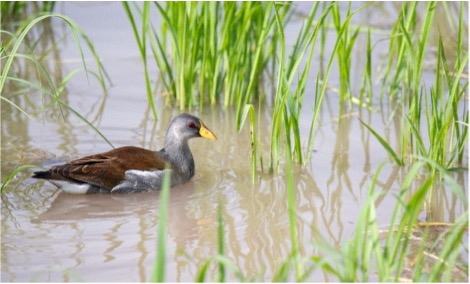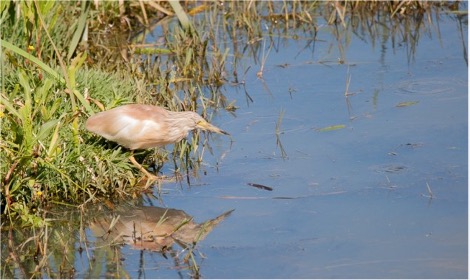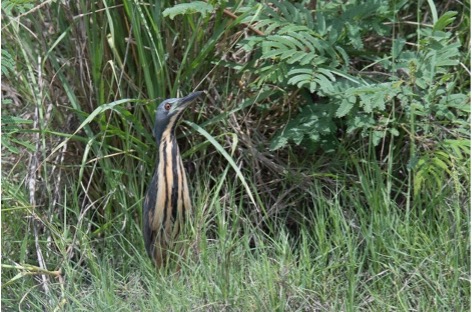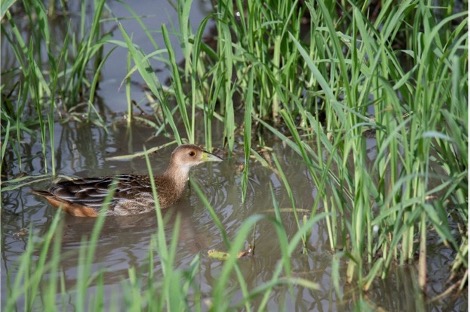January 2021
Twitch of the ephemeral pans
Share:
Twitch of the ephemeral pans
The past three months we have had an astonishing amount of rainfall across the Lowveld region. It has been incredible to see most of the tributaries flowing, drainage lines wet with pools of water, ephemeral pans, mud wallows filled up, and of course the Sand River flowing with more vigour and much fuller than in recent years.
Some of the seasonal pans in the south have been focused areas to look out for avian species regarded as ‘specials’ or rarities for our region. These birds are usually species that fly in over these pans at night, land to rest and feed and sometimes stay for a couple of days before disappearing again.
The likes of squacco heron, glossy ibis, greater painted snipe, wood sandpiper, common greenshank and knob-billed duck have all been regulars in and around these pans. Rarer species that have presented themselves include curlew sandpiper, lesser moorhen, African crake, white stork, pallid harried, Montagu’s harrier and dwarf bittern.

Lesser moorhen

Squacco heron

Dwarf bittern
The star of these pans comes in the form of a relatively small shy bird, called a striped crake. The crake was spotted by Quentin Swanevelder, Gareth Poole, and Bruce Lawson (my colleagues and visitor), when they stopped on the old Selati Railway to glance over Kwarimanyna Pan and spotted the crake moving through some grass. They luckily managed to snap a couple of photographs for identifying purposes before it ducked.
Already back at camp, I received the update of the crake and rounded up a few members of our team to try to connect with the crake. We made our way south as quickly as we could because ‘dipping’ on this species was very possible! Arriving at the pan, we all scanned along the sides, between the grasses and Marc even waded into the water to try and flush the crake. Unfortunately, we were unsuccessful and left the pan.

Striped crake shows itself
Later, I decided to give it one last try and made my way south again. Approaching the pan slowly and finding two pairs of lesser moorhens still present, I switched off my Land Rover and waited. Looking all over the pan for about ten minutes, the crake made an appearance! Aware of my presence, it was skulking about between long grass and briefly showed itself for me to capture a few photographs.
I decided to get out my Land Rover and hid behind a Jackalberry tree as it approached my position. It stopped about three meters from me and then slowly started submerging underwater. It did not show itself again, so I decided to leave the area in the hope that it would hang around for a few days and that more members of my team would have a chance of finding it.

By Quinton Paul Josop
Field Guide